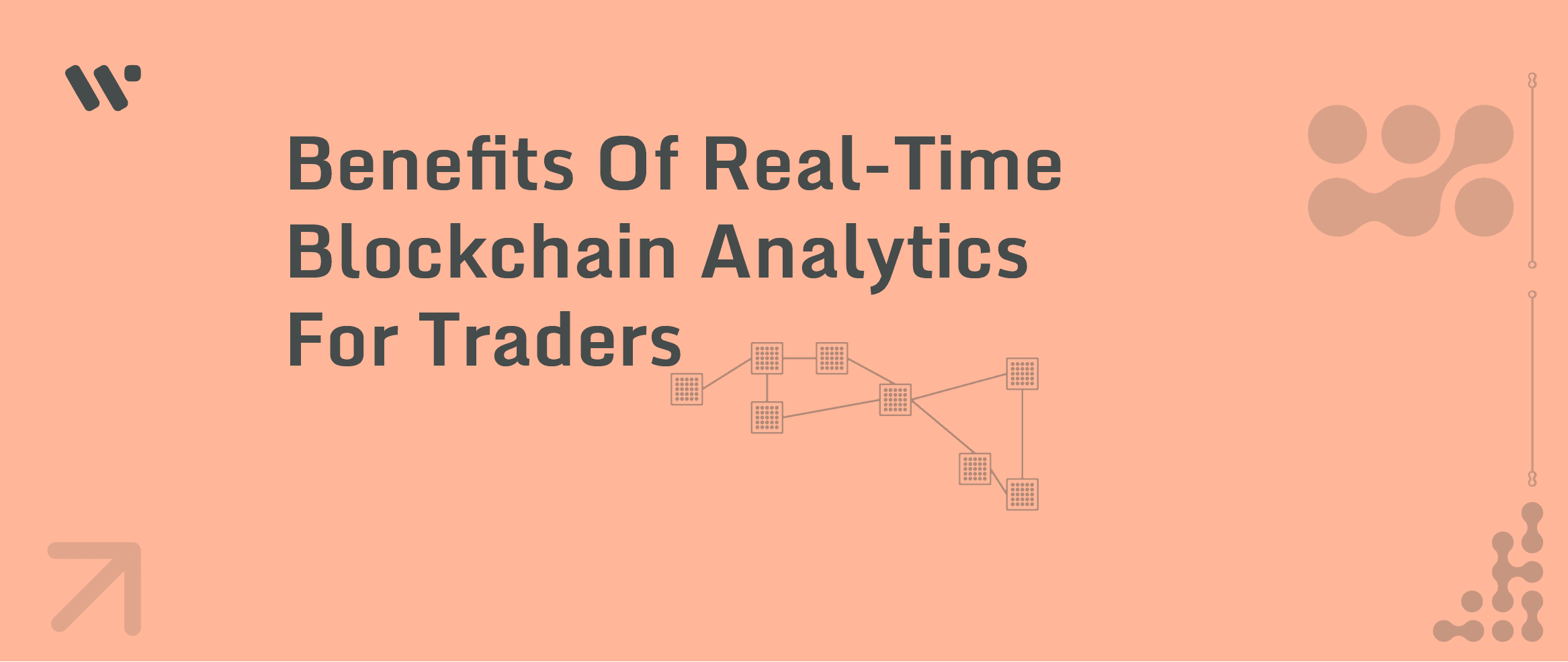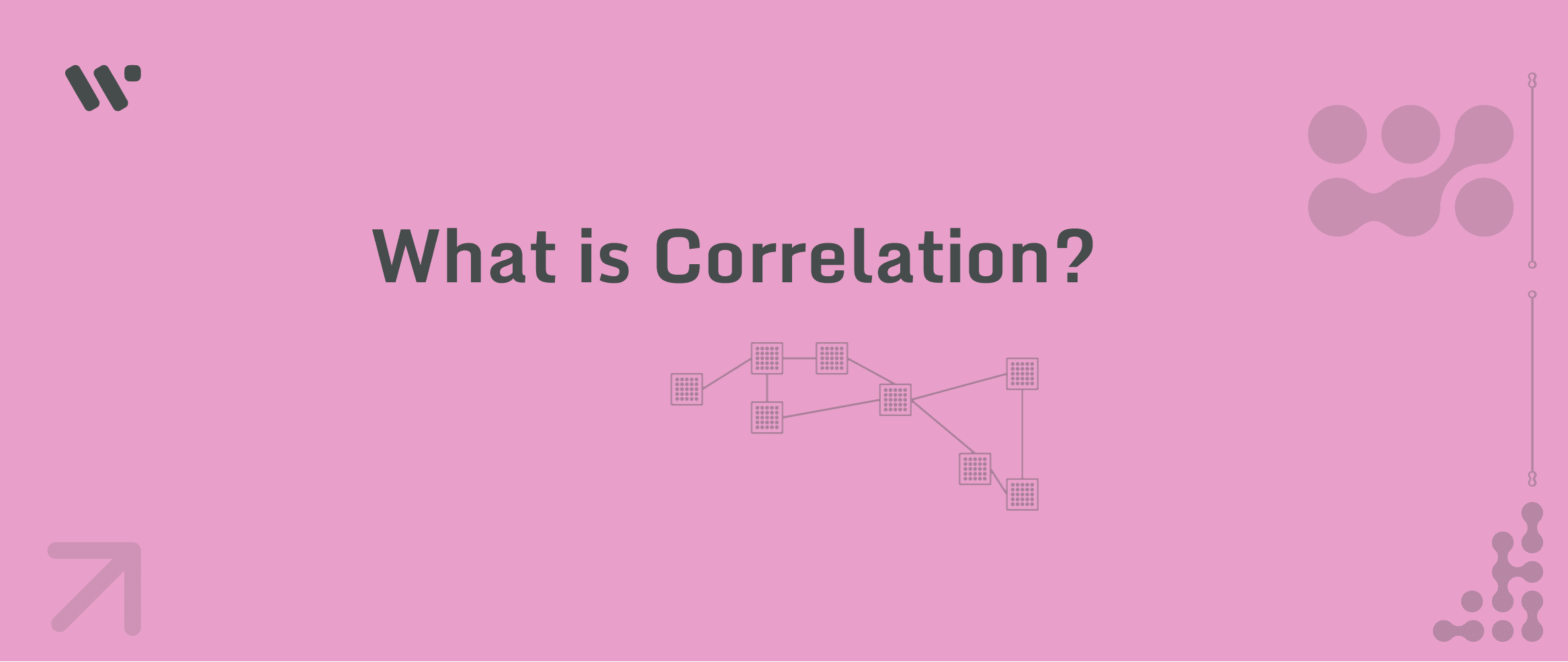Matthew Webb
The Benefits of Real-Time Blockchain Analytics for Traders

The Benefits of Real-Time Blockchain Analytics for Traders
In the fast-paced world of cryptocurrency trading, having access to timely and accurate information can mean the difference between profitable trades and missed opportunities. Real-time blockchain analytics has emerged as a game-changing tool for traders, providing unprecedented insights into market dynamics, network activity, and emerging trends. This article explores the numerous benefits that real-time blockchain analytics offers to cryptocurrency traders and how it can be leveraged to gain a competitive edge in the market.
Understanding Real-Time Blockchain Analytics
Before diving into the benefits, it's crucial to understand what real-time blockchain analytics entails. Real-time blockchain analytics involves the continuous monitoring, processing, and analysis of blockchain data as it is generated. This includes transaction data, smart contract interactions, token transfers, and various network metrics. Unlike traditional financial markets, blockchain networks operate 24/7, generating a constant stream of data that can be analyzed to inform trading decisions.
Real-time blockchain analytics platforms use advanced algorithms, machine learning, and data visualization techniques to process this vast amount of data and present it in a comprehensible format. These platforms can track multiple blockchain networks simultaneously, providing a holistic view of the cryptocurrency ecosystem.
Key Benefits for Traders
1. Immediate Market Insights
One of the primary advantages of real-time blockchain analytics is the ability to gain immediate insights into market movements. Traders can monitor large transactions, often referred to as "whale movements," as they happen. These transactions can significantly impact market prices, especially for smaller cap cryptocurrencies. By receiving alerts about such movements in real-time, traders can make informed decisions about entering or exiting positions before the market reacts.
Moreover, real-time analytics can provide insights into trading volume across different exchanges and trading pairs. This information can help traders identify potential arbitrage opportunities or gauge the overall liquidity of a particular cryptocurrency.
2. Enhanced Risk Management
Real-time blockchain analytics plays a crucial role in risk management for cryptocurrency traders. By monitoring network health metrics in real-time, such as hash rate for Proof of Work networks or validator activity for Proof of Stake networks, traders can quickly identify potential network issues that could affect the value of their holdings.
Additionally, real-time analytics can help traders detect unusual patterns that might indicate market manipulation or fraudulent activities. For instance, sudden spikes in transaction volume or unusual smart contract interactions could be early warning signs of pump-and-dump schemes or other malicious activities.
3. Improved Trading Strategy Optimization
Real-time data allows traders to continuously refine and optimize their trading strategies. By analyzing the effectiveness of their trades in real-time against current market conditions, traders can make quick adjustments to their strategies. This agility is particularly important in the volatile cryptocurrency markets, where conditions can change rapidly.
For algorithmic traders, real-time blockchain data can be integrated directly into trading bots, allowing for automated strategy adjustments based on predefined parameters. This can help in capturing short-term opportunities and managing risks more effectively.
4. Deeper Understanding of Token Flows
Real-time blockchain analytics provides valuable insights into the flow of tokens between addresses, exchanges, and smart contracts. Traders can track the movement of funds from mining pools to exchanges, monitor the balance of stable coins on exchanges, or analyze the flow of tokens in and out of decentralized finance (DeFi) protocols.
This information can be used to anticipate potential selling pressure, identify accumulation patterns, or gauge interest in particular DeFi projects. For example, a sudden increase in stable coin deposits to exchanges might signal upcoming buying pressure, while large outflows from exchanges to private wallets might indicate long-term accumulation.
5. Smart Contract and DeFi Intelligence
For traders involved in DeFi, real-time analytics of smart contract interactions is invaluable. Traders can monitor liquidity pool dynamics, track yield farming opportunities, and analyze the usage patterns of various DeFi protocols in real-time. This can help in identifying profitable yield farming strategies, assessing the risk of impermanent loss, or spotting emerging trends in the DeFi space before they become widely known.
Real-time monitoring of smart contract interactions can also provide early warnings about potential exploits or vulnerabilities, allowing traders to protect their funds proactively.
6. Sentiment Analysis and Social Signals
Advanced real-time blockchain analytics platforms often incorporate sentiment analysis tools that monitor social media, news outlets, and community forums. By analyzing the sentiment and engagement levels around specific cryptocurrencies or blockchain projects in real-time, traders can gauge market sentiment and anticipate potential price movements.
This real-time sentiment data, when combined with on-chain analytics, provides a more comprehensive view of market dynamics, helping traders make more informed decisions.
7. Regulatory Compliance and Tax Management
For professional traders and institutions, real-time blockchain analytics can be crucial for maintaining regulatory compliance. These tools can help in real-time transaction monitoring for anti-money laundering (AML) purposes, tracking the source of funds, and ensuring compliance with trading regulations.
Furthermore, real-time tracking of trades and transactions can significantly simplify the process of tax reporting, which can be notoriously complex in the cryptocurrency space.
Implementing Real-Time Blockchain Analytics in Trading
While the benefits of real-time blockchain analytics are clear, effectively implementing these tools into a trading strategy requires careful consideration and expertise. Here are some steps traders can take to leverage real-time blockchain analytics:
-
Choose the Right Tools: Select real-time analytics platforms that offer the specific features and data points relevant to your trading strategy. Popular options include Glassnode, CryptoQuant, and Santiment.
-
Develop a Data Integration Strategy: Determine how you will integrate real-time blockchain data into your existing trading systems. This might involve API integrations, custom dashboards, or automated alert systems.
-
Build Custom Indicators: Use real-time blockchain data to create custom indicators that align with your trading strategy. This could include metrics like exchange inflow/outflow ratios, mining pool sell pressure, or DeFi protocol usage rates.
-
Combine On-Chain and Off-Chain Data: For a comprehensive view, combine real-time blockchain data with traditional market data and technical analysis.
-
Continuous Learning and Adaptation: The blockchain space is rapidly evolving. Regularly update your knowledge about new blockchain networks, token standards, and DeFi protocols to ensure you're making the most of available data.
-
Backtesting and Validation: Use historical blockchain data to backtest strategies developed using real-time analytics. This can help validate the effectiveness of your approach before risking real capital.
Challenges and Considerations
While real-time blockchain analytics offers numerous benefits, it's important to be aware of potential challenges:
- Data Overload: The sheer volume of real-time data can be overwhelming. It's crucial to focus on the most relevant metrics for your trading strategy.
- Cost: Advanced real-time analytics platforms can be expensive. Traders need to weigh the costs against potential benefits.
- Technical Expertise: Effectively utilizing real-time blockchain data often requires a solid understanding of blockchain technology and data analysis.
- Privacy Concerns: As blockchain analytics becomes more sophisticated, there are growing concerns about transaction privacy. Traders should be aware of the ethical implications of using such data.
Conclusion
Real-time blockchain analytics has revolutionized the way traders approach the cryptocurrency markets. By providing immediate insights into market dynamics, enhancing risk management capabilities, and offering a deeper understanding of the blockchain ecosystem, these tools have become indispensable for serious cryptocurrency traders.
As the cryptocurrency space continues to evolve, the importance of real-time blockchain analytics is likely to grow. New blockchain networks, token standards, and DeFi protocols will create even more data points to analyze, offering both challenges and opportunities for traders.
Those who can effectively leverage real-time blockchain analytics, combining it with traditional trading strategies and a deep understanding of the cryptocurrency ecosystem, will be well-positioned to succeed in this dynamic and rapidly evolving market. As with any powerful tool, the key lies not just in having access to real-time data, but in knowing how to interpret and act on it in a timely and strategic manner.
Related Posts


